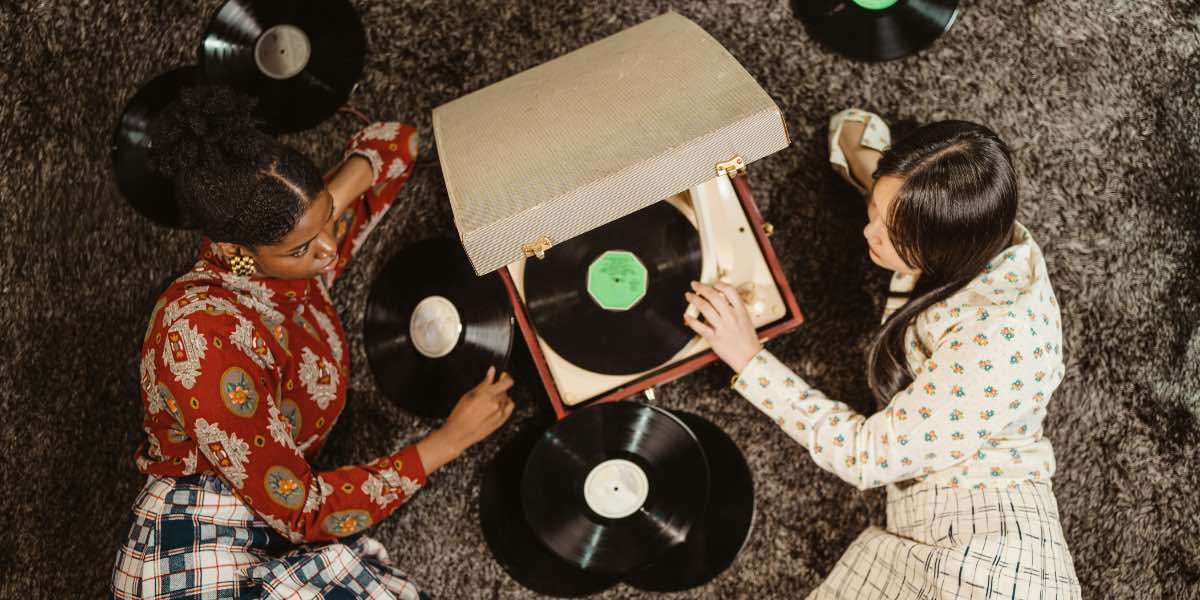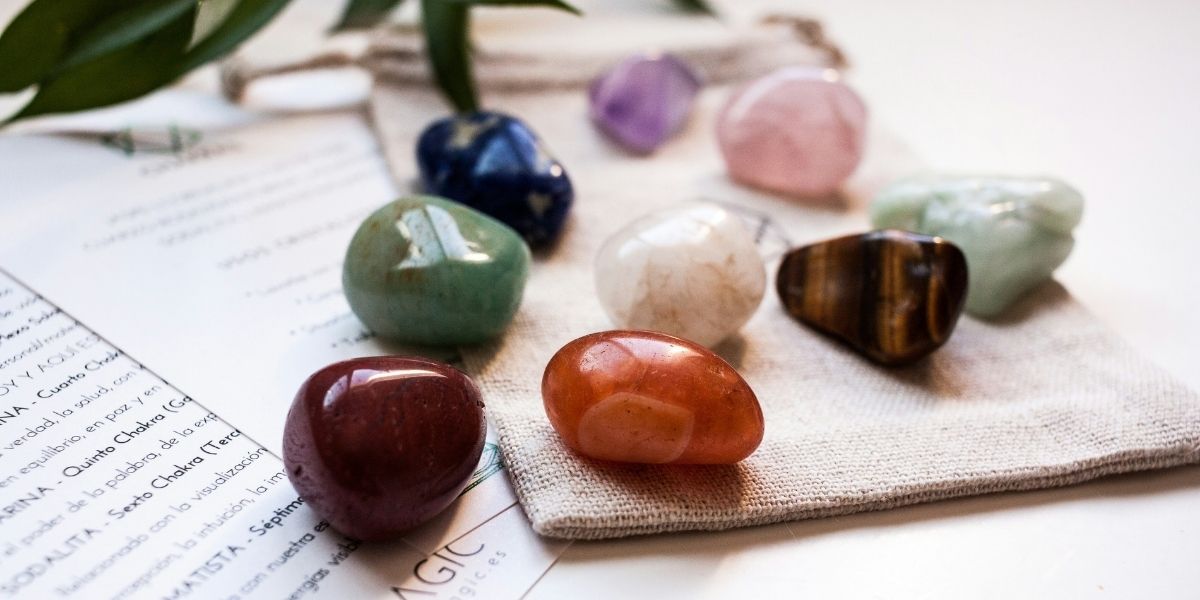Vinyl records are experiencing a resurgence, even in an age dominated by digital music streaming. Many music enthusiasts are revisiting this once-declining format, drawn to the distinct experience it provides. But why is vinyl becoming popular again?
For many, records represent more than just music. They offer a physical connection to sound that digital platforms cannot replicate. From the intricate details on album covers to the act of setting up a turntable, every step contributes to a richer listening experience. People often describe vinyl as providing something more immersive and tangible.
Read also: Exploring Outdoor Concerts: A Unique Musical Experience
Does Vinyl Really Sound Better?
A common belief among record collectors and audiophiles is that vinyl offers better sound quality compared to digital formats. While streaming services prioritize convenience, they often compress audio files, potentially reducing their richness. Vinyl, however, captures music in an analog format, which some listeners argue preserves a warmer, fuller sound.
This preference is particularly noticeable with albums recorded in analog formats during previous decades. When played on vinyl, these records maintain the depth and texture of the original recordings. Some experts suggest that the imperfections and subtle nuances heard on vinyl add to its authenticity, offering a more “human” touch. Still, sound quality preferences vary, and not everyone agrees on whether vinyl truly outperforms digital in this regard.
How Are Nostalgia and Collectibility Influencing Vinyl’s Comeback?
Nostalgia plays a significant role in vinyl’s return to popularity. Older generations often view records as a bridge to the past, bringing back memories of flipping through bins at record stores or gathering around a turntable to share music with friends. For many, records symbolize a time when music was experienced more deliberately.
Younger audiences, on the other hand, approach vinyl differently. For them, records offer something unique in a world dominated by intangible streaming services. A vinyl album is not just music—it’s also a collectible piece of art. Many pressings come in limited editions or feature eye-catching designs, making them prized by collectors. This mix of nostalgia and novelty makes vinyl appealing across generations.
Why Are Record Stores Thriving Again?
The revival of vinyl has brought new life to independent record stores, places that were once thought to be on the verge of disappearing. These shops provide something that online platforms cannot: a chance to physically browse, discover, and interact with music. Many vinyl enthusiasts cherish the process of finding hidden gems while flipping through albums.
Record stores also serve as cultural hubs, connecting communities of music lovers. Local events, meetups, and conversations with fellow collectors all contribute to the experience. The sense of community surrounding these shops is a key reason why vinyl continues to resonate with people in a way that digital platforms cannot replicate.
How Does Vinyl Offer a More Tangible Experience?
In today’s digital era, physical media stands out as something enduring and meaningful. Streaming services make music convenient, but the experience can feel fleeting. Vinyl, in contrast, requires active engagement. Selecting a record, placing it on a turntable, and flipping it halfway through creates a ritual that deepens the connection to the music.
The tangible nature of records adds to their appeal. Holding an album, admiring the artwork, and hearing the slight crackle of the needle all contribute to a multisensory experience. This physicality can make listening to vinyl feel more intentional, something that resonates with people seeking moments of focus in their lives.
Does Vinyl Have a Sustainable Future?
While the vinyl revival has gained momentum, some wonder whether this trend will last. Industry data shows steady growth in record sales over the past decade, suggesting that vinyl’s resurgence is more than a passing fad. However, it’s worth considering the challenges that come with maintaining this growth.
Vinyl production relies on specialized materials and processes, which can be resource-intensive. The environmental impact of manufacturing records has raised questions about sustainability. Some artists and manufacturers are exploring eco-friendly alternatives to reduce waste and emissions, though these efforts are still in their early stages. How the industry addresses these concerns may shape vinyl’s long-term viability.
Read also: How U.S. Music Events Shape the Global Music Scene
Why Does Vinyl Resonate With So Many People?
At its core, the revival of vinyl is about more than just music. Records provide a sense of connection, nostalgia, and authenticity that appeals to people in different ways. For some, vinyl represents a way to slow down and savor music rather than consuming it passively. For others, it’s about preserving a piece of cultural history.
As long as people value experiences that feel personal and meaningful, vinyl will likely remain a cherished part of music culture. Whether it’s the warmth of analog sound, the thrill of discovering rare albums, or the joy of sharing a collection, records offer something special that digital platforms can’t replicate.
Vinyl’s comeback is not just about looking to the past—it’s also about finding new ways to engage with music in the present.







